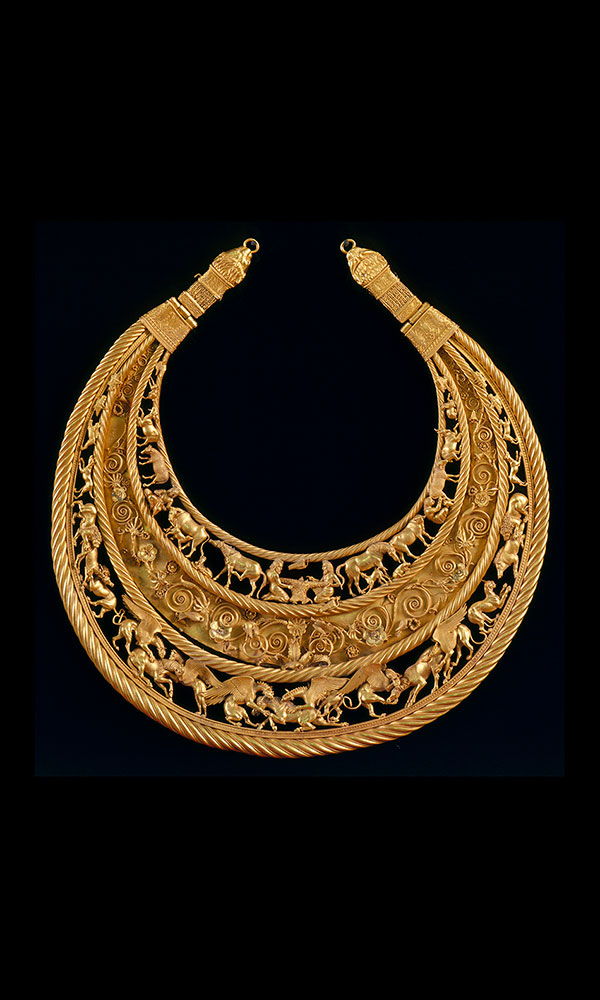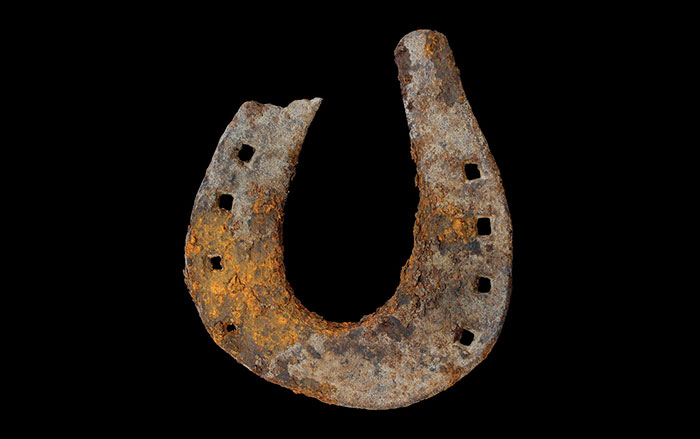
WINDSOR, CONNECTICUT—Brian Jones of the Office of the Connecticut State Archaeologist was looking for traces of a palisade that protected English colonists from Pequot attacks in the seventeenth century when he found signs of a cellar that had been backfilled. The Hartford Courant reports that further investigation revealed eighteenth-century artifacts as well as a few from the seventeenth century, including pottery, food waste, nails, and clay pipes at a site thought to have been the home of Captain John Mason. In 1637, Mason led English colonists, allied with Narragansetts, in the “Mystic Massacre,” which killed approximately 500 Pequot men, women, and children living in a fortified village. “It may be impossible to prove a direct association with Mason, but it is currently our working hypothesis that this was his ca. 1635 house,” Jones said. For more on archaeology in New England, go to "Peeping through the Leaves."











